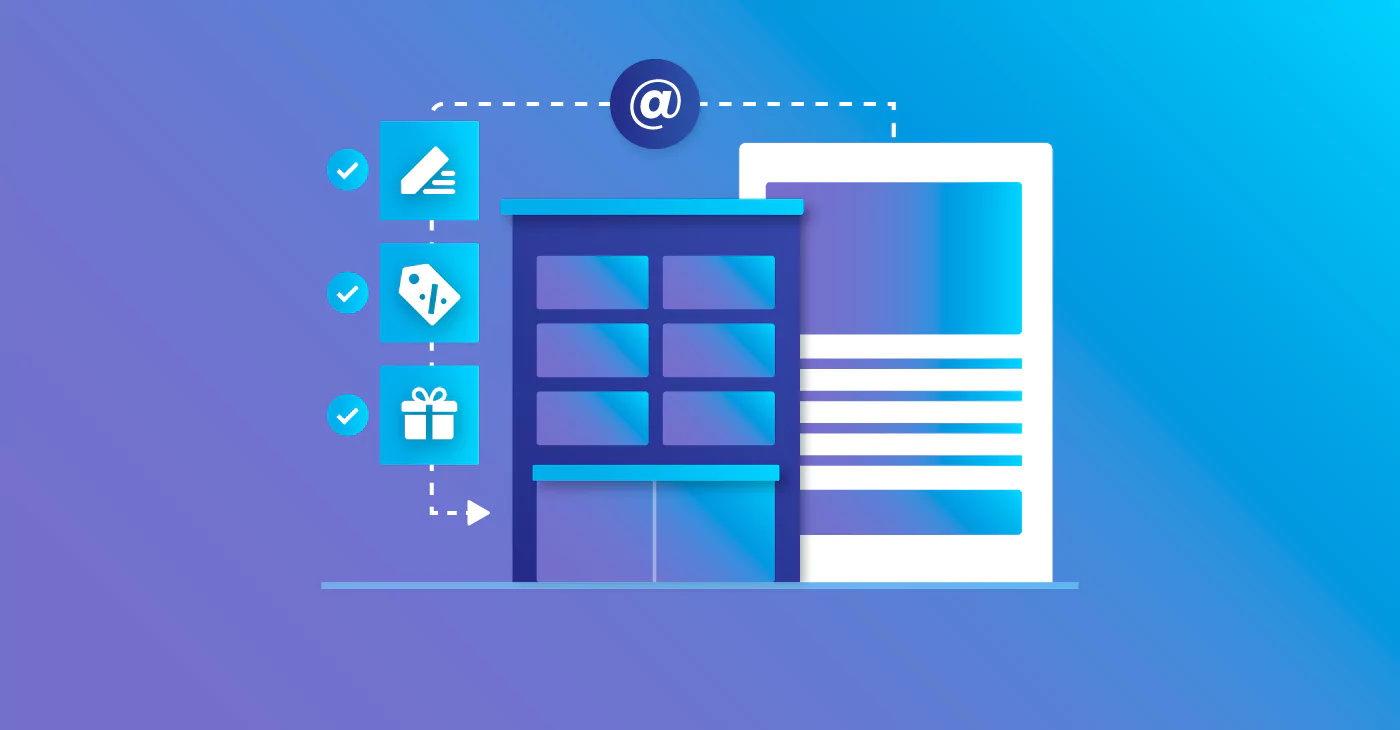
Need some inspiration when it comes to your B2B email campaigns? We’ve got you covered.
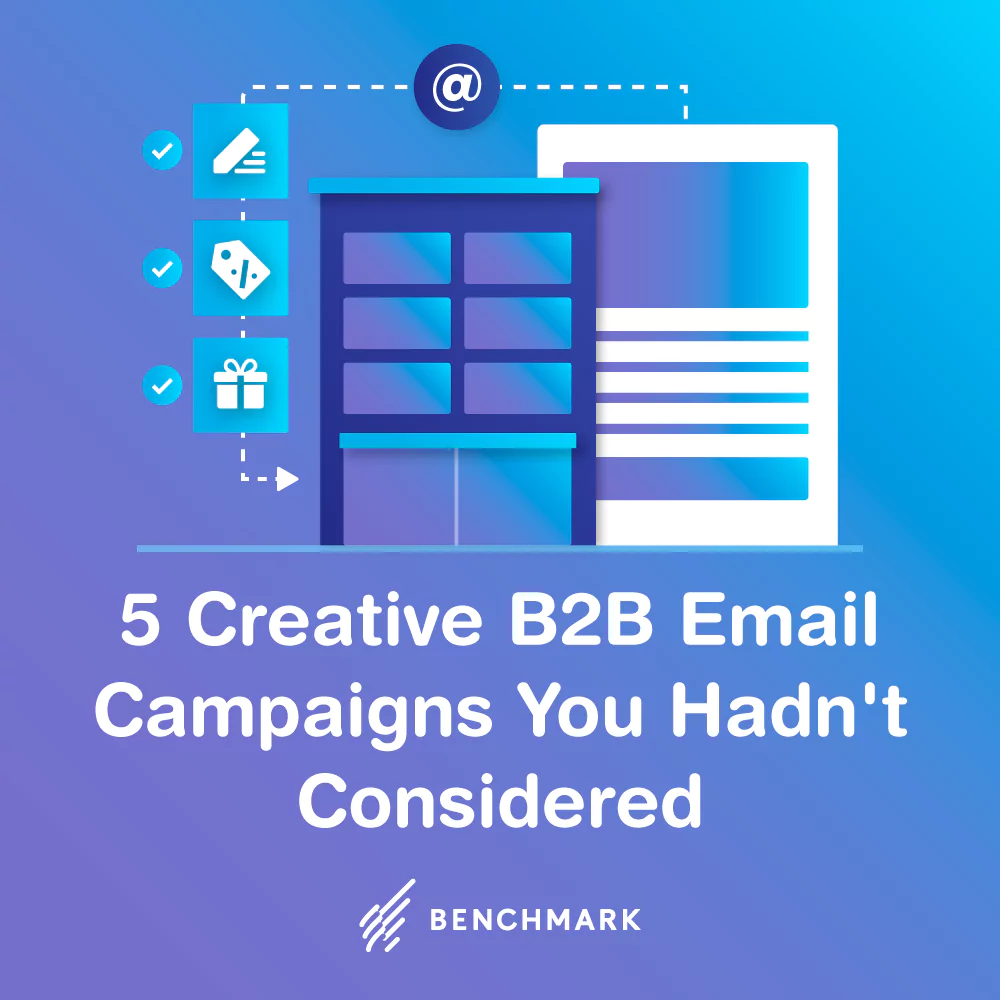
The right email campaign can make or break your marketing efforts, especially when you’re running a small business on limited resources. From the content and substance of your emails to their design, each feature should be optimized to convert. And while you don’t have to reinvent the wheel, you should always be aiming for creativity in every email campaign that you put into action.
Below, we’ll give you a full picture view of some of the unique ways that you can use email to enhance consumer engagement and get you closer to your most ambitious marketing and sales goals. Try to focus on both the forest and the trees — considering how an email might function on its own but also as part of your larger marketing initiatives. After all, you’ve got big goals, and it’s going to take a cohesive strategy to meet them.
So let’s get to it. Here are five of our favorite creative B2B email ideas for small businesses.
1. Activation Emails
Just because someone is a customer doesn’t mean that they’re an engaged customer. B2B marketing is all about cultivating strong relationships that are sustainable throughout each stage of the funnel, even after a customer has made a purchase. That’s where an activation email comes into play, not just confirming with a customer that they’re ready to go but offering up valuable information that they can use to get the full use out of the product or service that you’re selling.
Tip: Make it actionable. You want your customer to engage with their purchase as soon as possible, so remove any barriers that they might have to getting started by including links in the activation email to support, demos, feature explanations, and more.
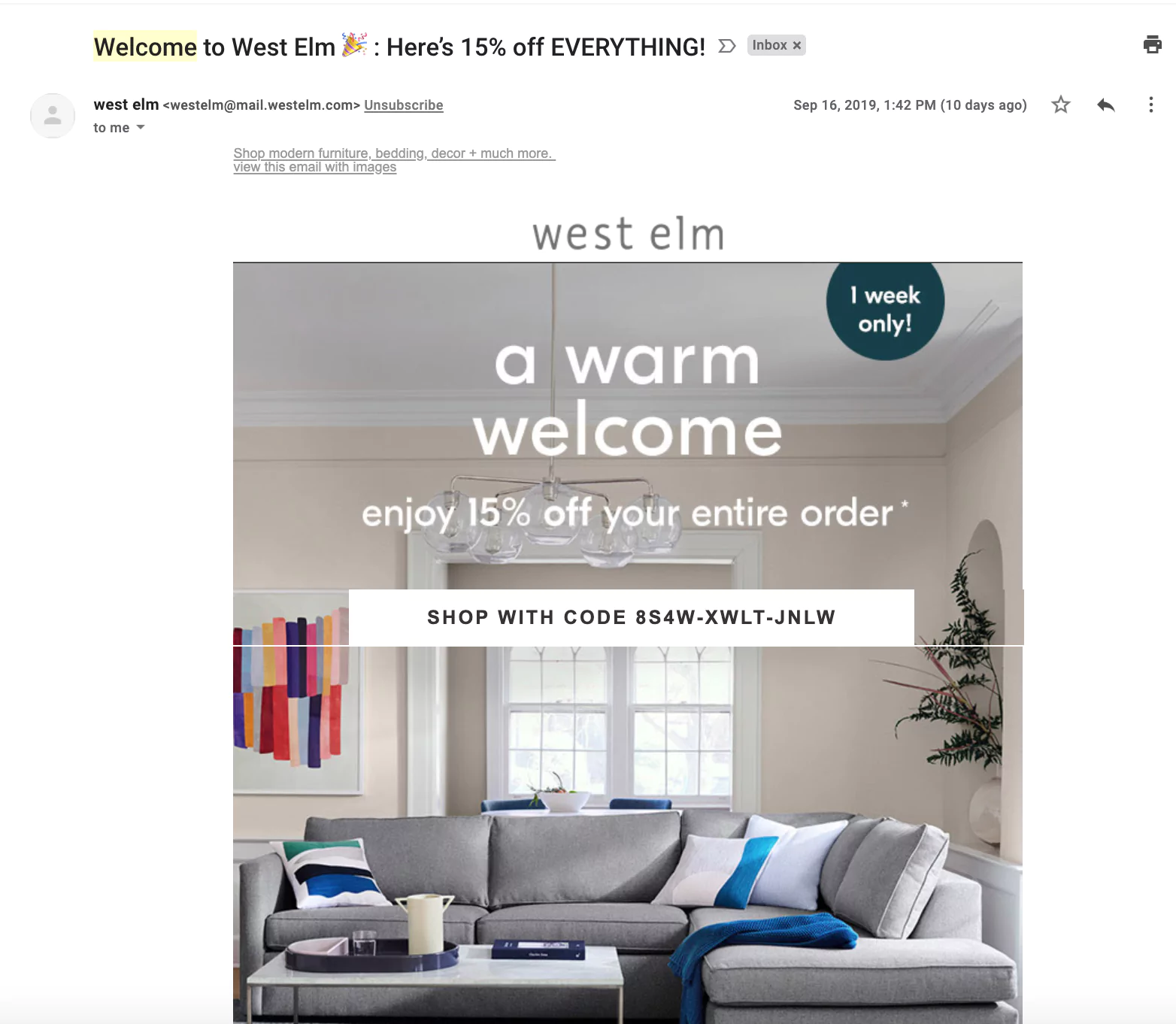
2. Big Events & Promotion Announcements
Email is a great way to spread the word about exciting upcoming events and promotions. Get multiple outreach opportunities out of one event by sending emails throughout the lead-up period, keep them short, sweet, and focused for maximum impact. This is a particularly good strategy for upcoming deals and product launches, since it builds anticipation and lets everyone know what’s happening when.
Tip: Instill a sense of urgency. Both the subject line of your email and the text of the email itself should make it clear when the event is happening and that the time to take advantage of it will be limited.
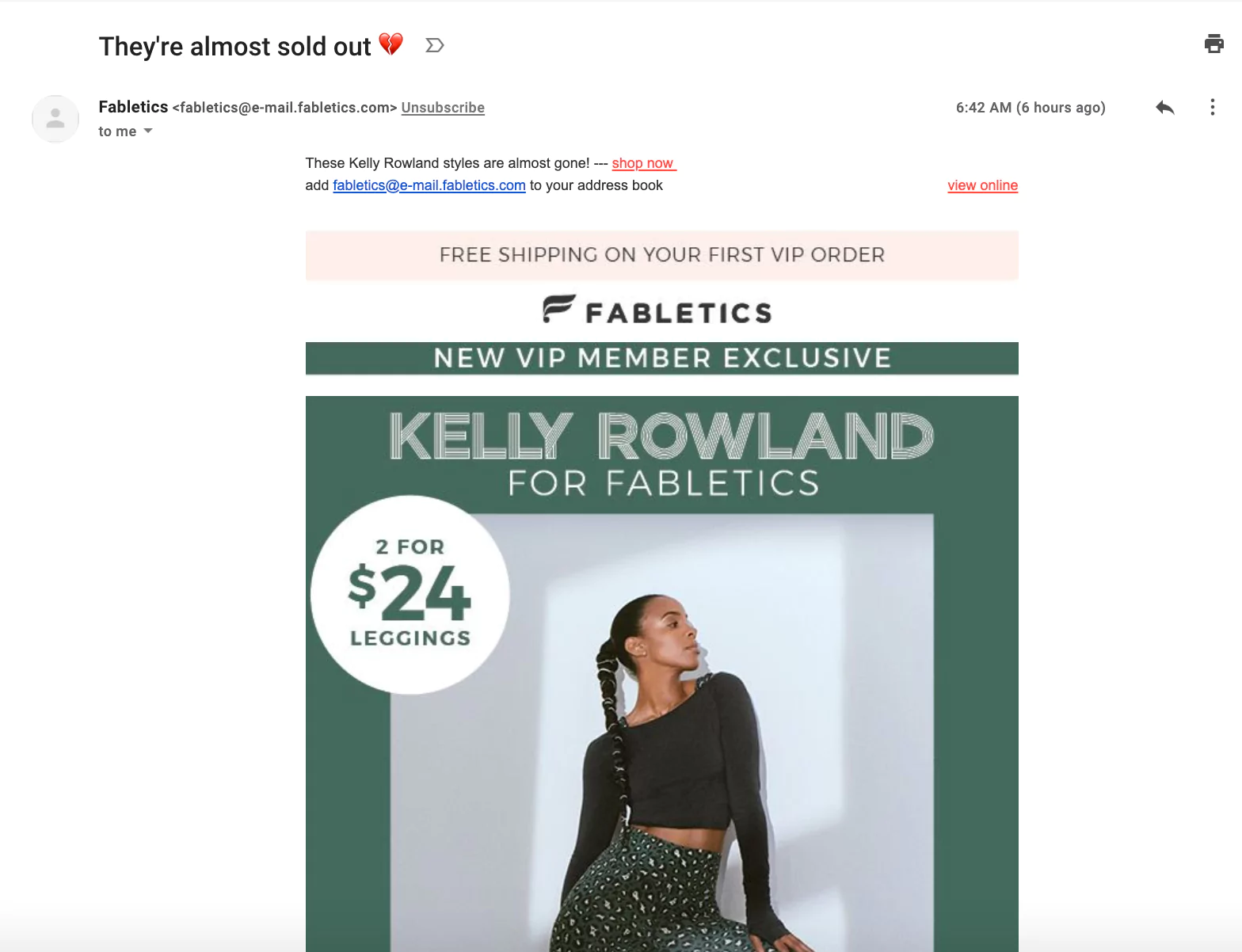
3. Curiosity Cultivation
Sometimes the best thing that you can say is nothing at all. Tease new features, content, and promotions by sending out an email that hints something big has happened without saying what it is. Recipients will have to click-through if they want to learn what you’re talking about, which is a great way to increase traffic to your site and generate interest during a rollout.
Tip: Less is more. The content of the link should be a mystery, but not the link itself. Instead of burying your curiosity-building text on the page, make it the sole purpose of the email. Aim for one image and one line of text, and let intrigue take it from there.
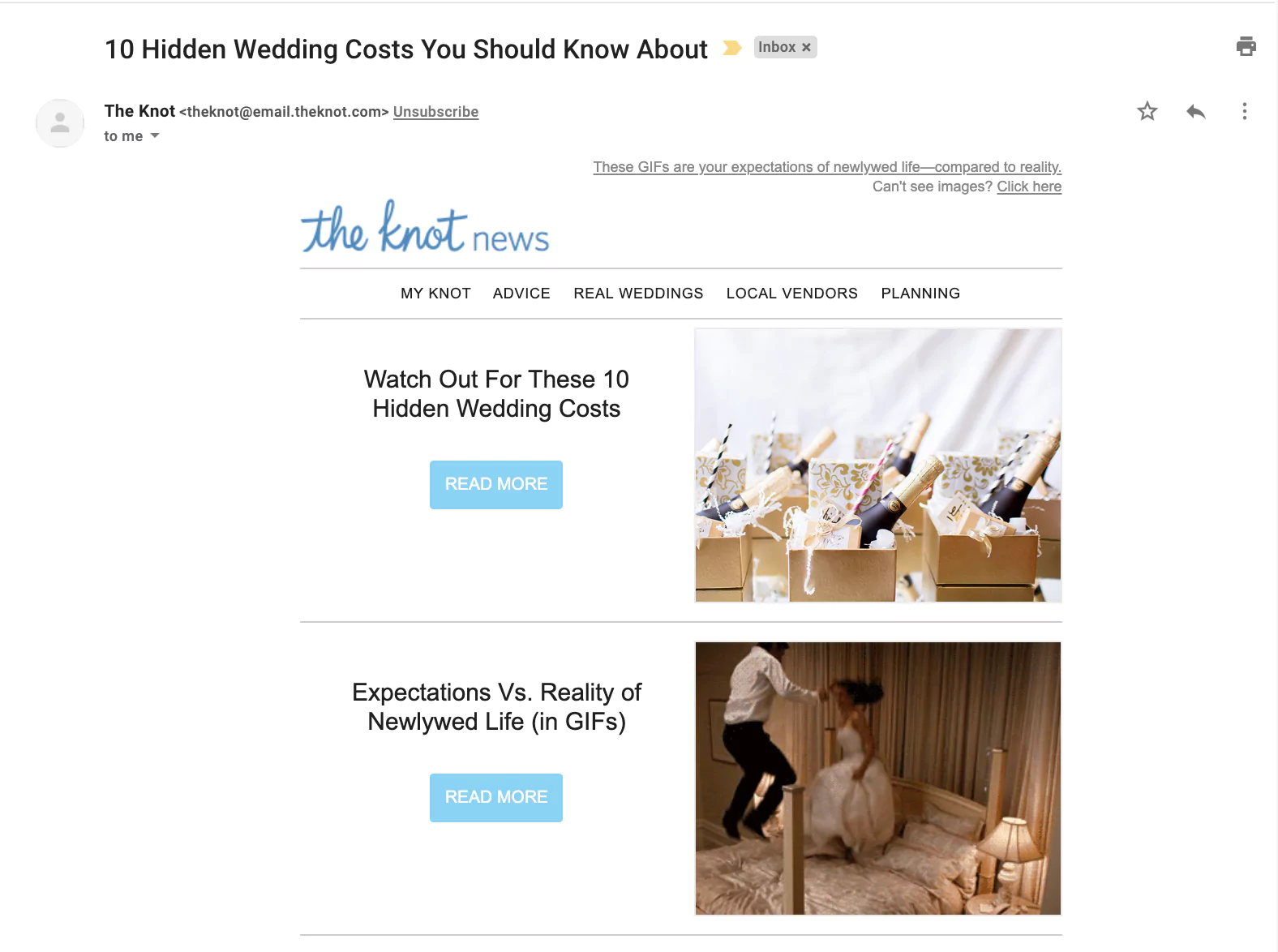
4. Re-Engagement Emails
One of the most effective uses of B2B email marketing is to re-animate conversations with leads who have disengaged. While you probably gear most of your efforts toward engaging with active contacts, switch your strategy up by creating a campaign for your inactive contacts. Include a coupon code or some other asset of value so that you’re not just getting back in touch but getting in touch with something that can navigate a lead to the next stage of the sales cycle.
Tip: Narrow your focus. Delineate a purpose for a re-engagement email that goes beyond simply building brand awareness (for example: getting more demo sign-ups, e-book downloads, etc.), and then include a clear call to action that drives recipients toward that specific conversion.
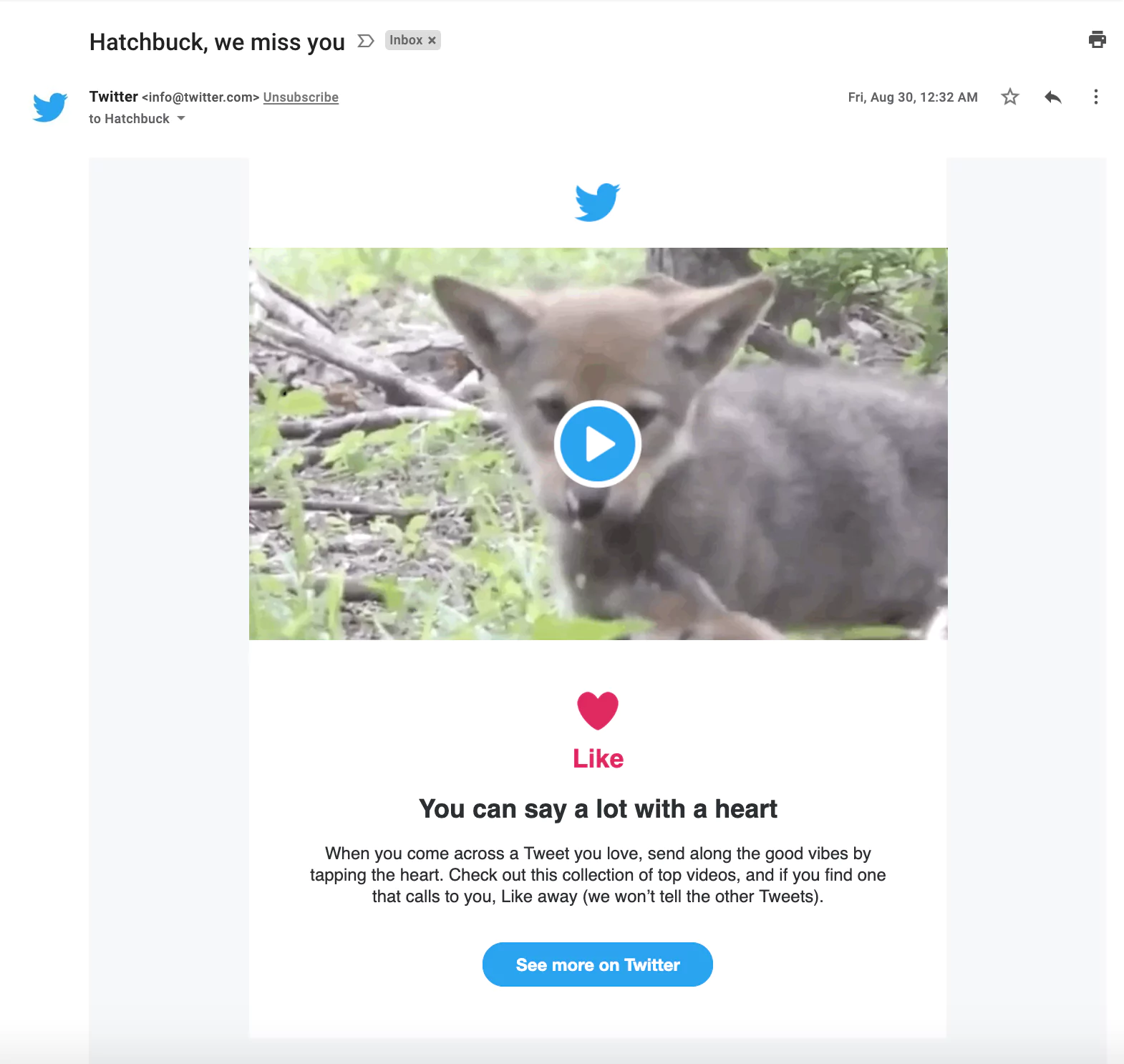
5. Blog Highlight Reels
Give your blog content a chance to shine by sending out curated emails that direct to your most helpful posts. Remember: you’re an authority in whatever it is that your leads are trying to achieve. By sharing content snippets and then linking out to those pages, you further establish your expertise in the field all while getting more traffic on your site. Sounds like a win-win, right?
Tip: Pick a theme. Center the blog posts that you choose to feature around a particular topic, which each post relating to that topic in some way. It’ll be more interesting than a standard blog round-up, and will also grab attention right away.
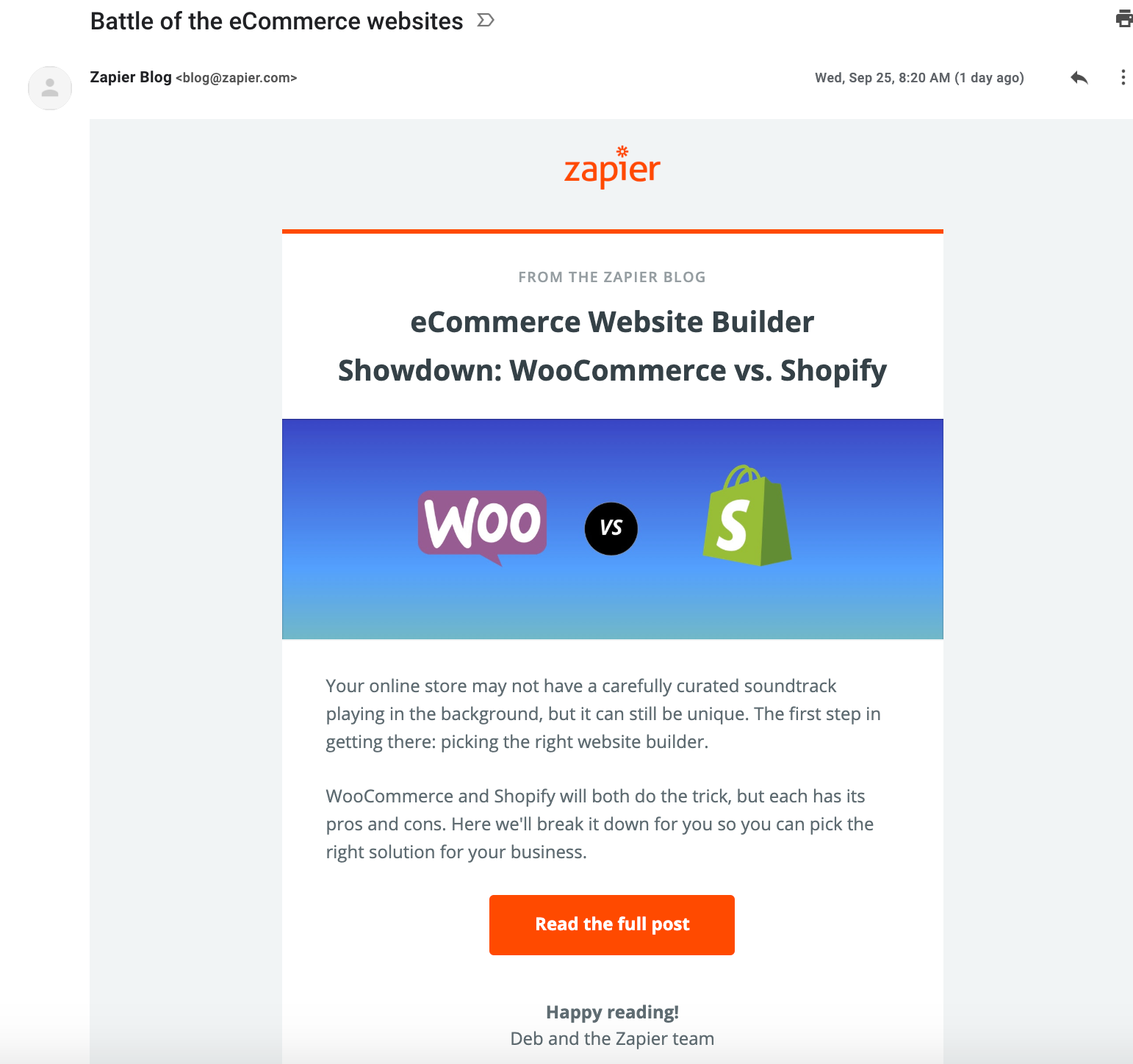
As always, do your research. Look to what your competitors are doing and brainstorm off of their good ideas. Look within your own analytics too to see what’s working with your leads and what isn’t. Even with a small budget, you should have no trouble maximizing the utility of your email campaigns.



